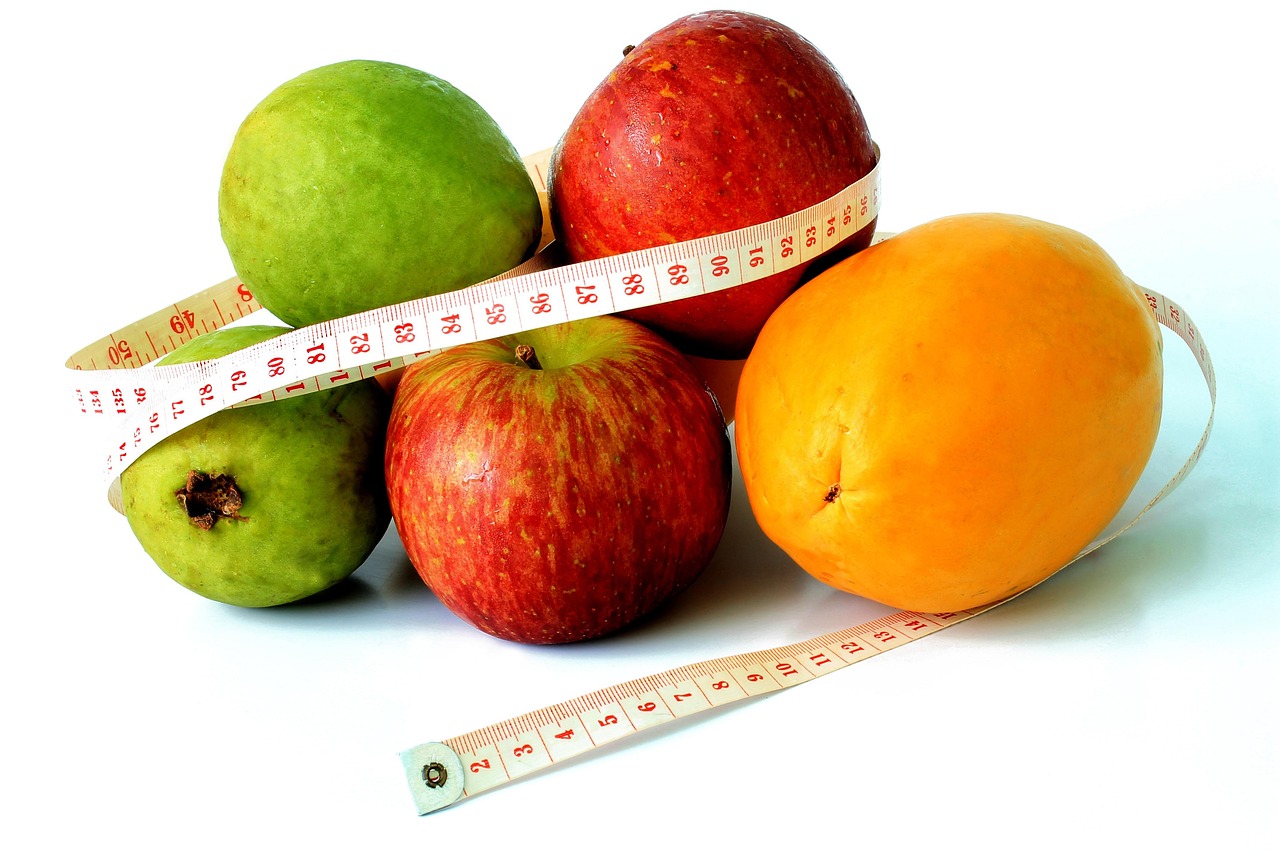Illuminance Converter
An Illuminance Converter is a tool or device used to convert between different units of illuminance, which is the measure of the amount of light that falls on a given surface. Illuminance is typically measured in lux (lx) or foot-candles (fc), though other units can also be used in specific contexts.
An Illuminance Converter is a tool or device used to convert between different units of illuminance, which is the measure of the amount of light that falls on a given surface. Illuminance is typically measured in lux (lx) or foot-candles (fc), though other units can also be used in specific contexts.
Common Units of Illuminance:
-
Lux (lx):
- Lux is the SI (International System of Units) unit for illuminance.
- It measures the amount of light that falls on a one-square-meter area.
- Formula: Illuminance (lux)=Luminous Flux (lumens)Area (square meters)\text{Illuminance (lux)} = \frac{\text{Luminous Flux (lumens)}}{\text{Area (square meters)}}
- 1 lux is equivalent to 1 lumen per square meter.
-
Foot-candle (fc):
- Foot-candle is a unit of illuminance used primarily in the United States.
- It measures the amount of light falling on a one-square-foot area.
- 1 foot-candle is equivalent to 10.764 lux.
-
Other Units:
- Lumen per square foot (lm/ft²) is another unit used for measuring illuminance in certain contexts.
- Candela per square meter (cd/m²): Though this unit is used to measure luminance, it can sometimes be associated with illuminance in certain applications.
How an Illuminance Converter Works:
An illuminance converter allows you to quickly and easily convert values between different units of illuminance. The most common conversions are between lux and foot-candles, as these two units are used in different regions (SI and Imperial systems).
Applications of Illuminance Converters:
-
Lighting Design:
- Illuminance converters are used by lighting designers to calculate the appropriate light levels for a given space. For instance, converting lux to foot-candles or vice versa helps in adjusting lighting designs depending on the region or preferred unit of measurement.
-
Photography and Cinematography:
- In photography, cinematography, and other visual arts, light levels are crucial for achieving the right exposure. An illuminance converter can help professionals switch between lux and foot-candles when determining light intensity in a scene.
-
Building Codes and Standards:
- In construction and architecture, certain building codes and safety standards require specific illuminance levels for different spaces (e.g., offices, classrooms, hospitals). Illuminance converters assist in ensuring compliance with these standards by converting light intensity measurements to the required units.
-
Health and Safety:
- Proper lighting in workplaces, public spaces, and even homes is essential for comfort and safety. Illuminance converters are used in health and safety evaluations to assess whether the light levels are sufficient for visual tasks and to ensure compliance with health regulations.
-
Photography and Video Lighting:
- In professional photography and videography, illuminance conversion helps in setting up proper lighting for different types of shots, especially when using different units depending on the location or equipment used.
-
Scientific Research:
- Researchers in fields like plant growth, physics, or environmental science often use illuminance measurements. Illuminance converters can help them convert data into the unit most useful for their studies.
Key Features of an Illuminance Converter:
-
Multiple Unit Support:
- A good illuminance converter supports multiple units of measurement, such as lux, foot-candles, and other relevant units.
-
Real-time Calculation:
- Online or app-based illuminance converters often provide real-time calculations, so users can quickly switch between units without doing manual math.
-
Ease of Use:
- Most converters have a simple interface, where users input the value in one unit, and the tool automatically provides the result in the desired unit.
-
Accuracy:
- The conversion formulas used in illuminance converters are precise, ensuring accurate results every time.
Advantages of Using an Illuminance Converter:
-
Time-Saving:
- Illuminance converters save time by eliminating the need for manual calculations, especially when working with large amounts of lighting data.
-
Eliminates Human Error:
- Using an illuminance converter helps avoid errors that may occur when manually converting between units, ensuring that results are accurate.
-
Convenience:
- These tools are easy to use, whether you're working in a professional environment or simply trying to understand light levels in a specific area.
-
Improves Precision:
- For industries like lighting design, safety assessment, and photography, an illuminance converter ensures that the correct units are used, which is essential for precision and compliance.
Conclusion:
An Illuminance Converter is a valuable tool that allows you to quickly and accurately convert between different units of illuminance, such as lux and foot-candles. It is widely used in fields like lighting design, photography, health and safety, and scientific research, providing an efficient way to ensure proper light levels and compliance with standards. Whether you're a professional or simply curious about lighting measurements, an illuminance converter helps you make accurate and informed decisions.
Would you like to know more about how to use an illuminance converter in a specific application?













